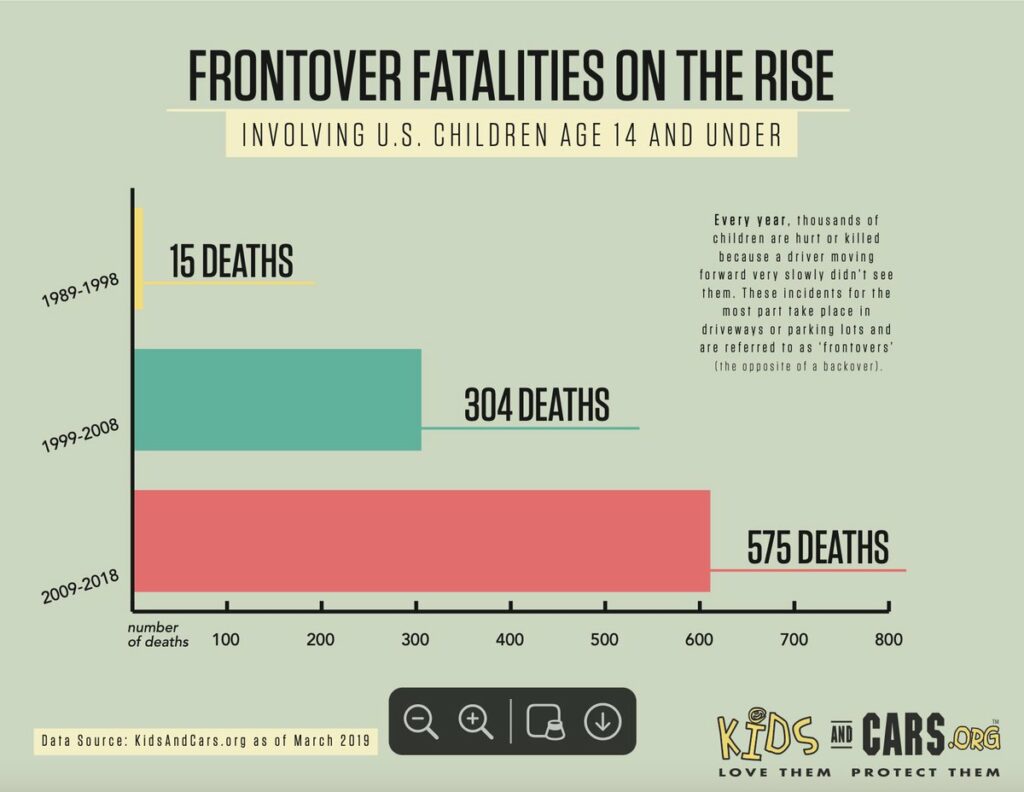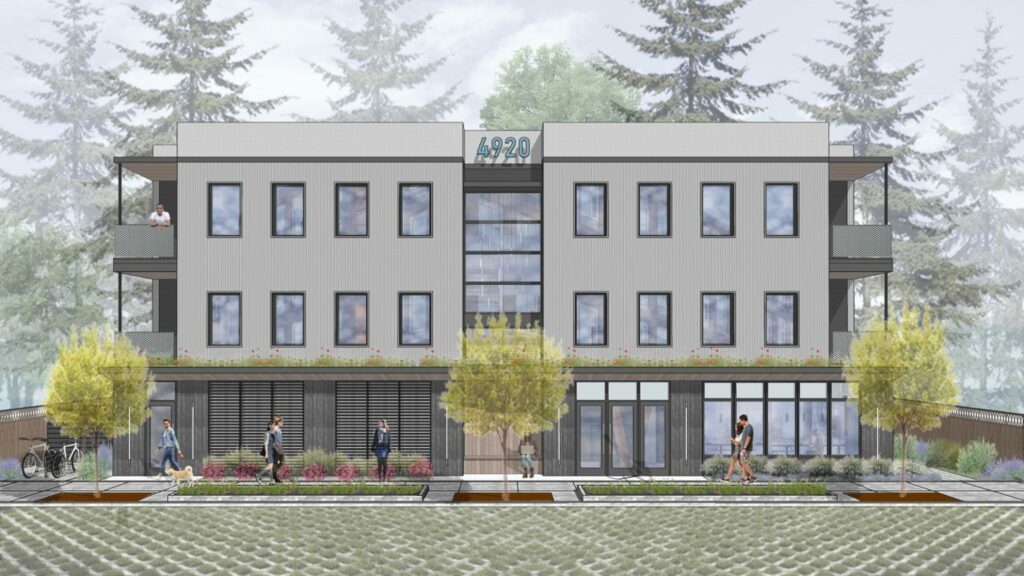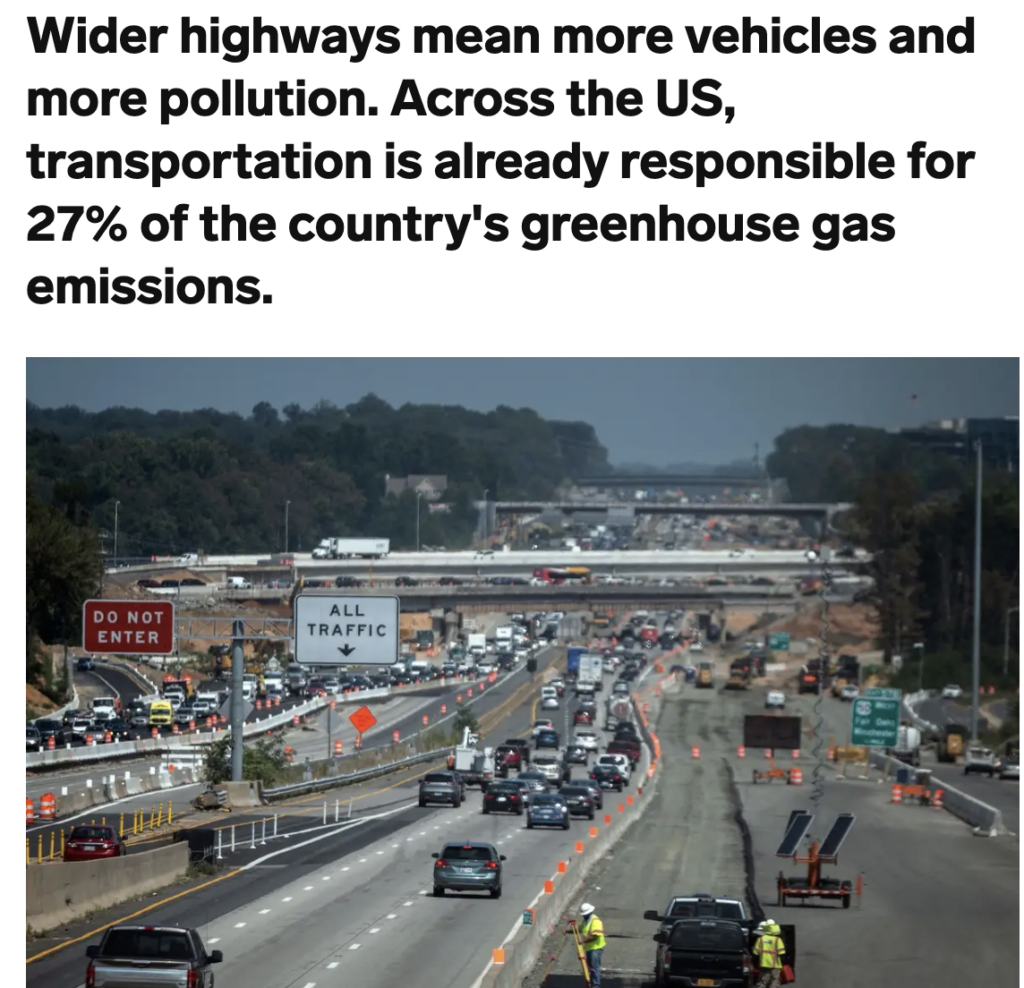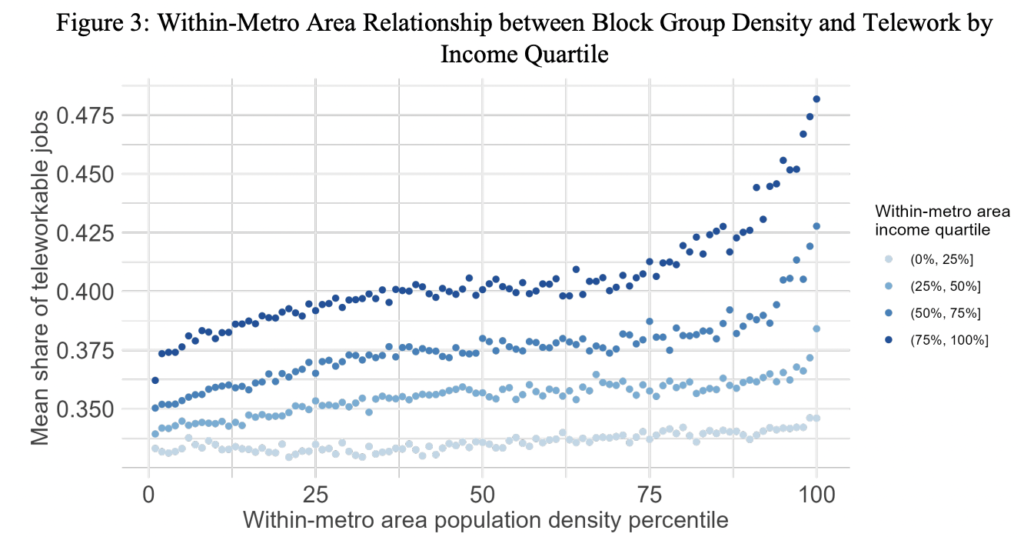What City Observatory did this week
CEVP: Non-existent cost controls for the $7.5 billion IBR project. Oregon DOT has a history of enormous cost overruns, and just told the Oregon and Washington Legislatures that the cost of the I-5 Bridge Replacement Program (IBR) had ballooned 54 percent, to as much as $7.5 billion.
To allay fears of poor management and further cost overruns, IBR officials testified they had completed a “Cost Estimate Validation Process” (CEVP). They assured legislators they had consulted independent subject matter experts and assessed more than 100 risks.
But asked for copies of the CEVP under the public records law, agency officials reported “no records exist” of the CEVP.
And the supposedly “nationally recognized” CEVP process has been around for more than a decade, was judged inadequate and error-filled for the Columbia River Crossing, and failed to detect key cost and schedule risks.
ODOT and WSDOT are more interested in deflecting criticism than in being accountable for—and correcting—runaway project costs.
Must Read
Lower parking requirements = More housing. For decades now, scholars, led by the estimable Donald Shoup, have pointed out that parking requirements drive up the price of housing, which means that less new housing gets built. And now, from Oregon, comes evidence that this process works in reverse: lessening parking requirements leads to more housing getting built. The Sightline Institute’s Catie Gould documents three case studies of projects that moved forward—or got bigger—because of eased parking requirements.
One of the frustrating cognitive obstacles in housing policy debate is no one can see the housing that isn’t built because of bad policies. That’s what’s great about Catie Gould’s story: it shows that when you get rid of bad policies, like excessive parking requirements, you get new housing that you can actually see. One hopes policy makers and the public, will learn from object lessons like this one.
Another refrain on the science of induced demand. There’s a huge and growing body of literature documenting the phenomenon of induced travel: widening highways doesn’t reduce congestion, it simply prompts more travel, longer commutes and more pollution. That message is gradually making its way to a wider audience. Business Insider offers its take:
With billions of federal dollars available under the IIJA, the decisions states make will have a huge impact on our ability to meet our climate goals. As The Rocky Mountain Institute’s Ben Holland relates:
A rising death toll from taller trucks. The latest fashion trend in American trucks is massive, menacing front grills. Longer, lower, wider has given way to taller, bolder . . . and deadlier. Tall front grills impair driver visibility; small children and even some short adults are simply invisible in the blind spots created by tall front ends. The results are a massive increase in crashes called “front-overs”–where a driver runs over a person immediately in front of their vehicle.
The term itself is adapted from the awful, but historically much more common “back over” crash–where a driver doesn’t see someone behind their car, and simply backs up over them. For obvious reasons, front-over victims, like back over victims are disproportionately children. The data show that front over crashes have increased from 15 in the 1990s to nearly 600 in the last decade.

New Knowledge
Remote-working professionals workers gravitate toward dense neighborhoods. If you’ve even casually followed the discussions of the post-pandemic prognostications about the future of cities in the world of remote work, you’ll know that the dominant hypothesis is that, once freed from the need to commute to downtown jobs, workers will flee cities for cheaper and more bucolic suburbs and rural hamlets. After all, why would anyone want to live in a dense, and expensive city if you didn’t have to work nearby?
What that hypothesis ignores, is that cities don’t just provide places to work, city residents value the opportunities and amenities of urban life for many other reasons.
A new study from the Leah Brooks and colleagues at the American Enterprise Institute looks at the relationship between neighborhood density and where remote-workers tend to live. Brooks, et al examine block group level data on demographic characteristics (particularly income), and the industry of employment of block group residents. We know from other work that there is systematic variation in the degree to which jobs in different industries are amenable to telework. Finance, professional service and management service jobs are much more likely to allow work-at-home arrangements.
What the study finds finds, from data prior to the pandemic, is that, controlling for income, those workers most likely to be able to work from home tended to be more likely to choose to live in denser neighborhoods.
Brooks, et al offer three possible reasons why higher income workers in “teleworkable” jobs are more likely to live in denser neighborhoods.
First, if workers in industries with greater telework potential enjoy more leisure time in equilibrium, their willingness to pay for amenities that complement leisure increases, and such amenities may not be available in lower-density areas.
Second, if workers value social interactions, and interactions at work are less frequent, they may seek out social interaction in non-work settings. Non-work social interactions are more readily found in population dense areas.
Third, and similarly, if in-person contact drives agglomeration effects, a shift to remote work makes such contact outside the work place more valuable. Again, in-person contact is easier in more population dense-areas. All of these explanations point toward increased telework leading to a greater willingness to pay for housing in high density places.
What this research suggests is that people don’t live in and near cities just to be close to jobs, but—as scholars as diverse as Jane Jacobs and Robert Lucas have said—to be near other people. And paradoxically, if people aren’t getting as much social interaction by going to work every day, it is likely they will value the density and variety of opportunities for social interaction in cities even more, rather than less.
In the News
Transit Center cited City Observatory’s analysis of Oregon’s broken system of road finance, and its fundamental incompatibility with stated climate objectives.






